table of contents:
How to make a rolled edge with the Juki MO-2000QVP / MO-1000 overlocker?
Thanks to their similar design, the tips and tutorials provided for the Juki MO-2000QVP also easily apply to the MO-1000.
The Juki MO-2000QVP is a high-end overlocker that makes it easy to create professional finishes, including rolled stitches . With its automatic pneumatic threading and interactive LCD display , this machine is ideal for seamstresses looking for fine, elegant hems on lightweight fabrics such as chiffon, silk or voile.
What are the steps to make a rolled edge with the Juki MO-2000QVP / MO-1000?
Prepare the machine
- Turn off the machine and raise the presser foot.
- Install the necessary threads. For a rolled edge, generally use 3 threads : a needle and two loopers.
Remove the mesh finger
- Open the looper plate and remove the standard stitch finger (or lower the finger depending on the model configuration).
- This reduces the stitch width and creates the rolled effect.
Select the rolled stitch
- On the LCD screen of the Juki MO-2000QVP, select the program dedicated to the rolled stitch .
- The system will indicate the optimal settings (tension, length, differential, etc.).
Adjust the stitch length
- Decrease the stitch length to about 1 to 1.5 mm to achieve a tight rolled edge.
Adjust the cutting width
- Reduce the cutting width so that it fits snugly against the edge of the fabric. This helps achieve a fine, even finish, especially if you're working with a Juki flatbed stitcher , which is known for its precision and ability to ensure neat seams, even on the most delicate fabrics.
Configure wire tensions
- Adjust the tensions according to the machine's recommendations:
- Needle: slightly reduced
- Upper looper: normal
- Lower looper: slightly increased
Use a suitable fabric
- Rolled is ideal for fine and light fabrics .
Position the fabric under the presser foot
- Place the edge of the fabric flat under the foot.
Sew slowly to begin with
- Move forward gradually to ensure that the fabric is properly picked up by the feed dogs.
- Watch for regularity of the stitch.
Check the result
- Check the quality of the rolled edge: the edge of the fabric must be well rolled and neat, without gathers or loose threads.
Make adjustments if necessary
- Adjust the tension or stitch length if the result is not yet perfect.
What are its main characteristics?
- Air Looper Threading : Simplifies threading, reducing setup time.
- Informative LCD display : Shows the optimal settings for each stitch type, including rolled stitch.
- 2/3 thread converter : Allows you to easily switch from a standard seam to a rolled stitch.
- Precise tension adjustment : Ensures a clean and even finish.
- Sewing speed up to 1500 stitches/minute : Ideal for intensive sewing projects.
With the Juki MO-2000QVP coverstitch machine , create flawless rolled hems in just a few simple steps, for a professional finish.
Conclusion: Create a perfect rolled edge with your Juki MO-2000QVP / MO-1000 overlocker
The rolled stitch is an essential finishing touch to give a professional and elegant touch to your creations in fine fabrics. Thanks to the Juki MO-2000QVP overlocker , this technique is accessible even to beginner sewers, with automatic air threading , an intuitive LCD screen and assisted settings that simplify each step.
By following this guide carefully, you'll quickly master the art of perfectly rolled edges, whether for scarf hems, delicate garment edges, or refined textile decorations. Don't hesitate to experiment with fabric scraps to perfect your technique and take full advantage of the Juki MO-2000QVP 's exceptional performance.

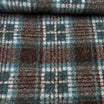
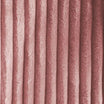
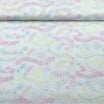
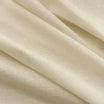
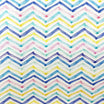
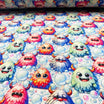
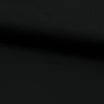

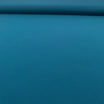

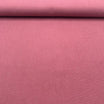
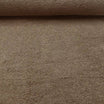

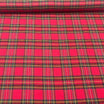
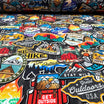
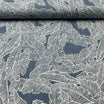
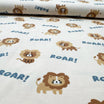
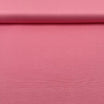
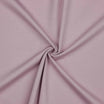
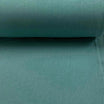
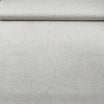
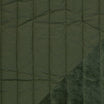
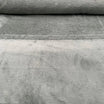
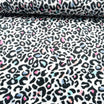
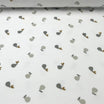
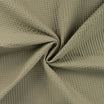
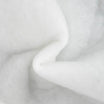
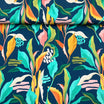
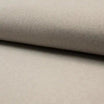
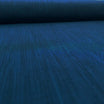
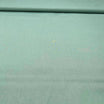
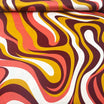
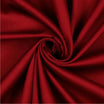
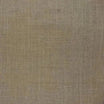
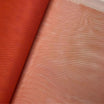
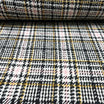
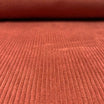
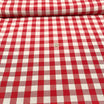

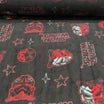
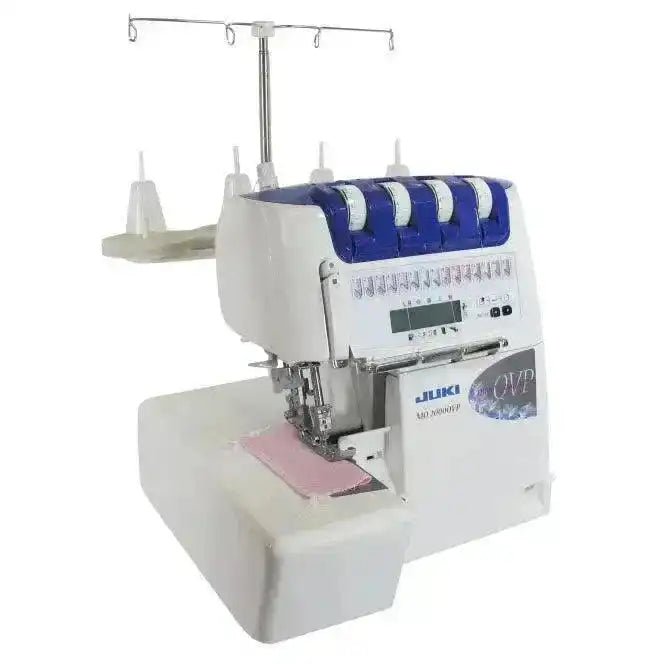
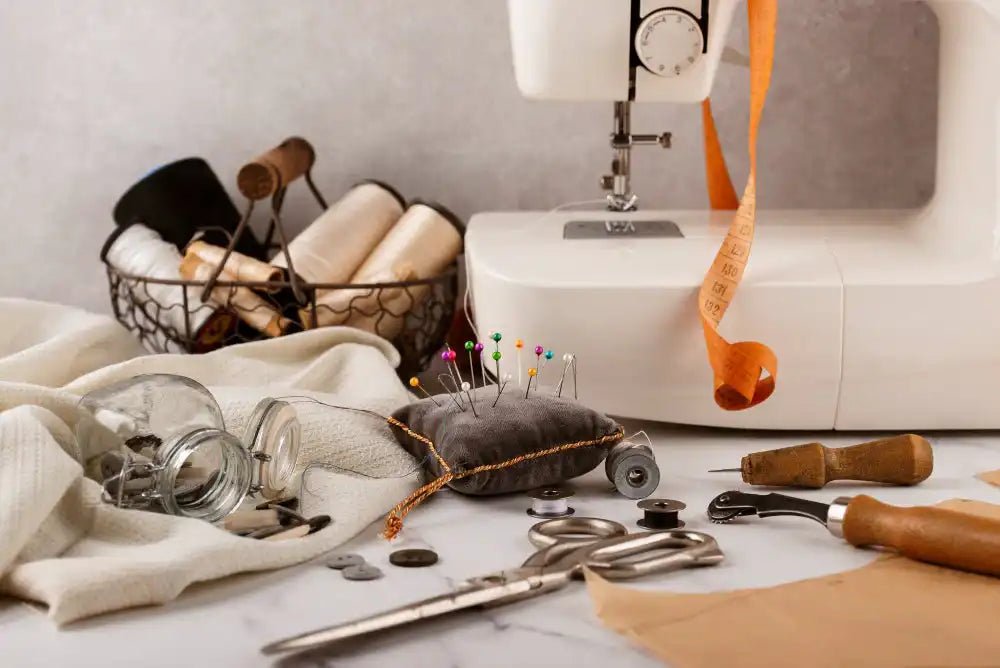
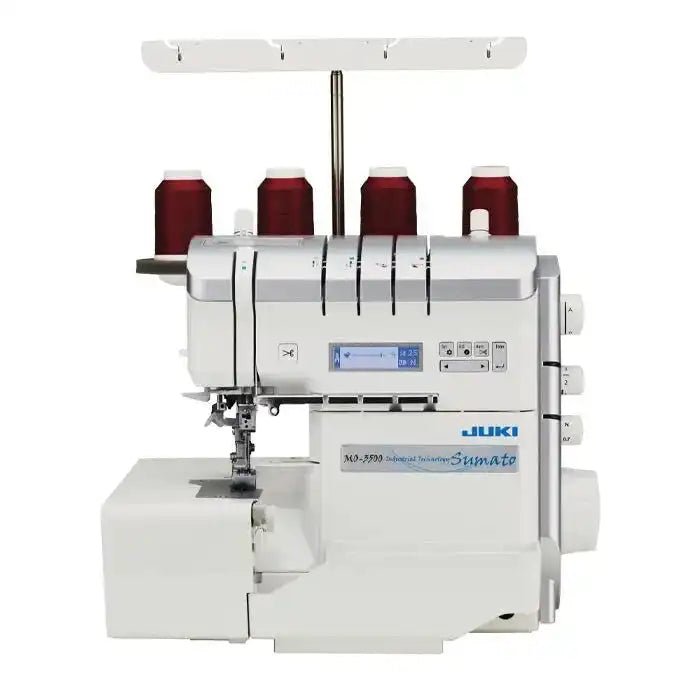
Leave a comment
All comments are moderated before being published.
This site is protected by hCaptcha and the hCaptcha Privacy Policy and Terms of Service apply.